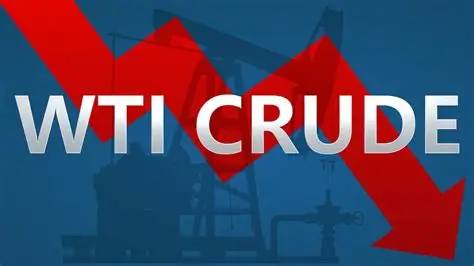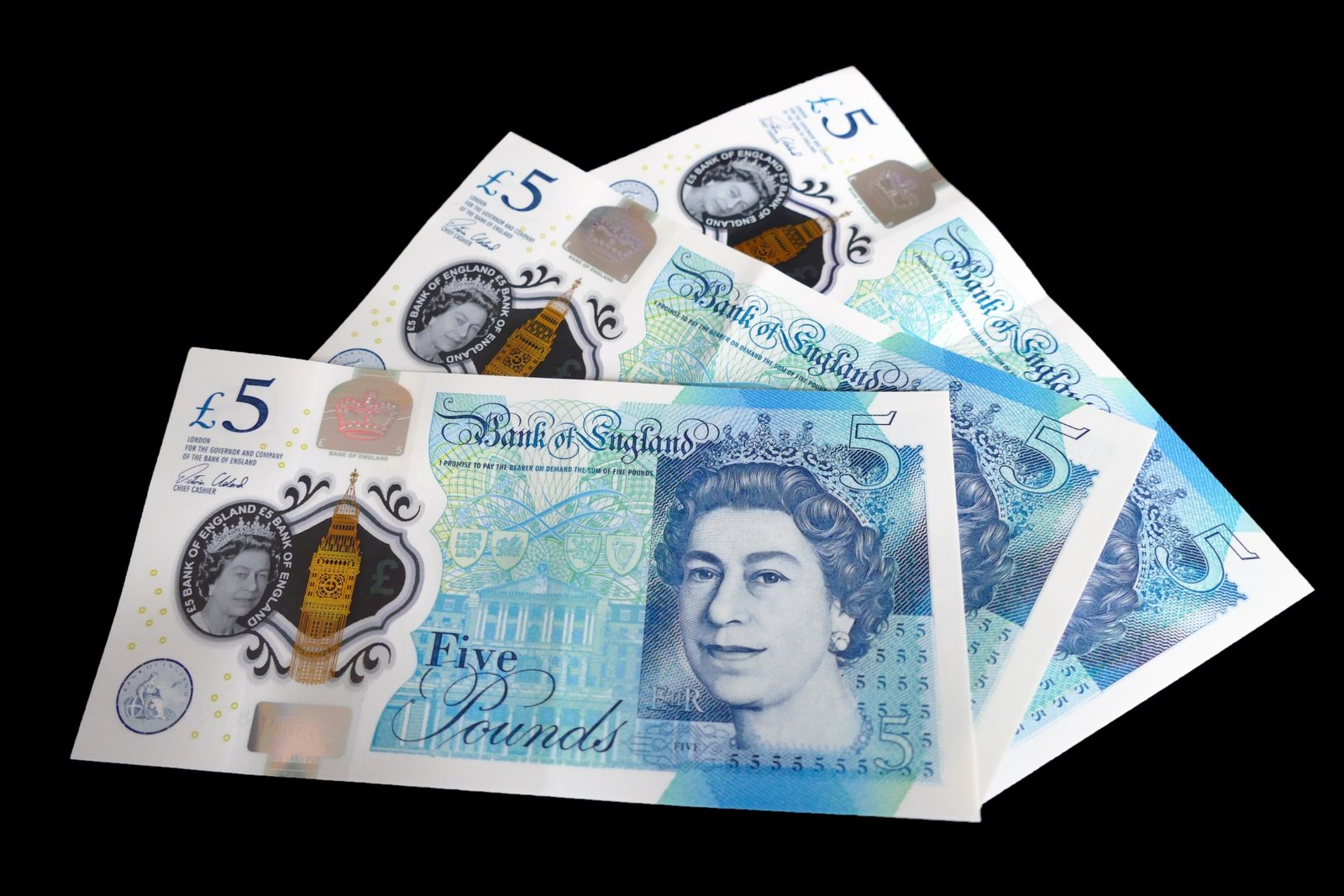Silver Grabs Support Near Multi-Decade Peaks Despite Global Trade War Fears and Fed Hesitancy
Silver (XAG/USD) has held up close to its multi-decade high of $39.00, following a minor pullback to $38.80 in early European trade. The precious metal continues to draw safe-haven flows in the face of escalating trade tensions between the US and EU, with both sides preparing for increased tariffs and tense negotiations. While hopes of the Federal Reserve keeping interest rates unchanged normally would deter demand for non-yielding assets such as silver, the metal’s positive outlook remains intact. Technical conditions, such as an uptrending 20-day EMA and a bullish RSI, also underpin the short-term uptrend, where $40.00 is the next psychological resistance level. KEY LOOKOUTS • Rising tariff tensions and geopolitical tensions continue to enhance safe-haven demand for silver. • Market attention is focused on the Fed meeting next week, with interest rates likely to remain in the 4.25%-4.50% range. • Silver has a crucial psychological level at $40.00 with solid support near $37.30. • Upward-sloping 20-day EMA and high RSI levels confirm the persistent bullish momentum in the short term. Silver (XAG/USD) continues to be in the bullish trend, trading near its multi-decade high of $39.00 even though it has had a minor dip to $38.80. The metal is attracting powerful safe-haven demand as global trade tensions rise, especially between the US and the EU, as the two sides issue threats of increased tariffs. Such geopolitical uncertainty is weighing on the otherwise bearish pressure from the expectations of extended high interest rates by the Federal Reserve. Technically, the trend is still bullish with the aid of a rising 20-day EMA and a solid RSI, and the $40.00 level serving as a near-term resistance. Silver is trading around $38.80, close to its multi-decade high on the back of increasing global trade tensions. Safe-haven buying is still strong to counter pressure from expectations of consistent Fed interest rates. The bullish forecast has the aid of favorable technical indicators. • XAG/USD is trading at around $38.80, weak but near its multi-decade high of approximately $39.00. • Geopolitical tensions between the US and EU are spurring demand for safe-haven currencies such as silver. • Reports show that the US will increase baseline tariffs to 15%-20%, supporting geopolitical uncertainty. • Interest rates are expected to remain unchanged in the next monetary policy announcement by the Fed. • Upper rates usually bear down on non-yielding assets, but silver holds firm in the face of safe-haven inflows. • Technical gauges indicate positive momentum, with the 20-day EMA increasing and RSI staying robust. • Support is near $40.00 next psychological resistance, while at around the June 18 high near $37.30. Silver remains in the spotlight as it trades close to its multi-decade high, driven by mounting geopolitical and economic tensions. The current trade war between the United States and the European Union has fuelled higher demand for safe-haven assets. Investors in both economic superpowers threaten further tariffs and retaliation, and the market is gravitating towards precious metals such as silver as a haven and protection against uncertainty. The move reflects silver’s longevity as a hedge during economic duress and global uncertainty. XAG/USD DAILY PRICE CHART SOURCE: TradingView Besides geopolitical considerations, the general macroeconomic environment also is supporting the firm performance of silver. Market participants are watching carefully the policy direction of the Federal Reserve, particularly in view of speculation that interest rates will stay high for a long time. In spite of the historically adverse effect of high interest rates on non-yielding assets, silver’s safe-haven appeal is still solid. Fears about decelerating global trade and political turmoil are supporting the metal’s appeal, keeping sentiment biased towards the bullish side. TECHNICAL ANALYSIS Silver (XAG/USD) continues to have a bullish setup while it trades near its multi-decade high of $39.00. The 20-day Exponential Moving Average (EMA) rising around $37.40 suggests ongoing bullish momentum, backing the short-term bullish bias. The 14-day Relative Strength Index (RSI) is still above 60 and 80, indicating strong buying pressure without being overbought. Major resistance is at the psychological $40.00 level, which, if broken, could lead to more upside. Supportively, instant support is around $37.30, coinciding with the earlier swing high of mid-June. FORECAST Silver has high upside potential as it still enjoys the benefits of intensified geopolitical tensions and international demand for safe-haven assets. As tensions between the US and EU escalate further, investor sentiment can turn increasingly in favor of silver, sending prices well above the pivotal $40.00 psychological level. A clean breakout above this level would initiate fresh buying interest, and silver can be guided towards higher resistance levels not observed in decades. Even with its bullish configuration, silver is still at risk for lower-side corrections if geopolitical tensions abate or if the Federal Reserve indicates a more aggressive monetary policy. Extended periods of high interest rates may ultimately bear down on demand for non-yielding assets such as silver. In that case, a retracement to key support levels around $37.30 or even lower could be in the offing, particularly if safe-haven demand temporarily subsides or profit-taking occurs at higher price points.





